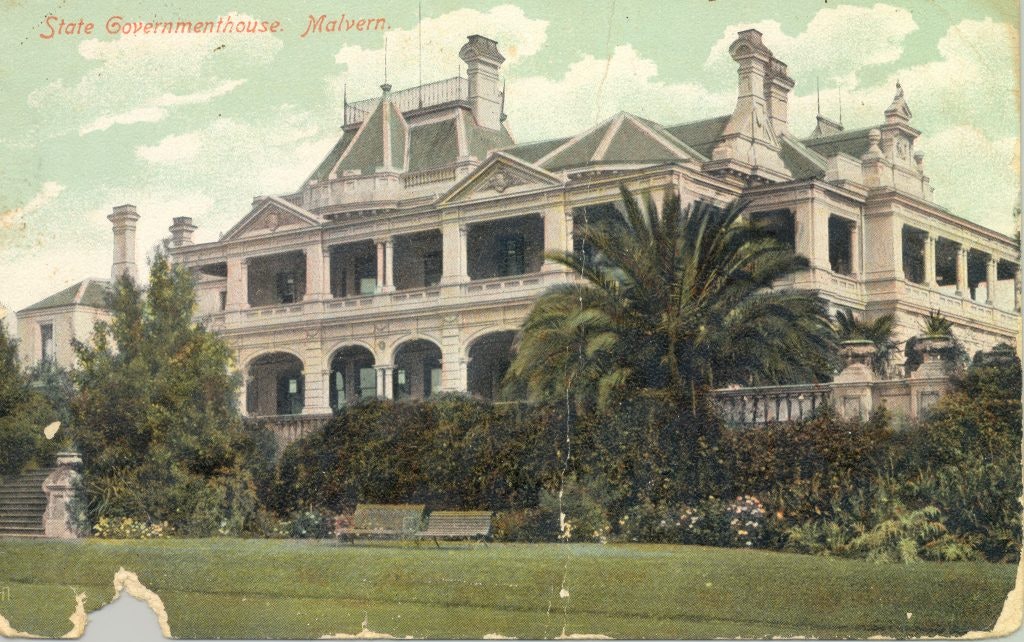Grasping these cycles is essential for making savvy decisions in the property market. Particularly in areas like Melbourne and the Mornington Peninsula, recognising these fluctuations can enable one to seize distinct opportunities presented by these markets.
Property InsightsUnderstanding Real Estate Market Cycles
Next ArticleUnderstanding Real Estate Market Cycles

Real estate, a tangible asset valued for its socio-economic significance, often undergoes cyclical changes driven by numerous factors, including economic policies and consumer sentiment
02 February 2024
As Marshall White Director and Auctioneer Fraser Cahill explains, “Given that real estate often represents a significant asset for individuals, it's essential to keep a keen eye on market cycles, especially if looking to invest. By diligently observing the market, one better understands its patterns and, more importantly, the key elements that drive these cycles.”
A real estate market cycle, at its core, is a pattern of increasing and decreasing property values and transaction volumes over time. It usually goes through four distinct phases: boom, downturn, stagnation, and recovery.
- Boom: During this phase, areas from the heart of Melbourne to the coastal stretches of the Mornington Peninsula witness surging property values. In Melbourne, especially in sought-after suburbs, demand for housing typically overshadows supply, leading to rapid price hikes. The Mornington Peninsula, buoyed by its appeal as a tourist destination, sees beachfront properties and holiday homes in high demand, with both areas benefiting from increased infrastructure developments.
- Downturn/Correction: Following a period of swift growth, the market, whether in Melbourne's urban areas or the Mornington Peninsula's scenic locales, starts to experience a cool-down. Property prices may stabilise or retract in certain pockets. This stage can be prompted by factors like lending restrictions, stamp duty changes, or even a seasonal dip in tourism-driven demand in the Peninsula.
- Stagnation/Slump: Property values in both regions might plateau or experience further decline. In Melbourne, the property market may slow, with longer sale periods and reduced buyer confidence. Similarly, the Mornington Peninsula, being seasonal in its appeal, can see reduced interest, particularly in holiday homes and investment properties.
- Recovery: Both Melbourne and the Mornington Peninsula start showing signs of revival. As buyer confidence resurges, property values embark on a steady ascent. The rejuvenation can stem from favourable government policies, economic turnarounds, or a resurgence in the appeal of the Mornington Peninsula as a lifestyle and holiday destination.
Fraser adds, “Regularly watching the market helps develop the skill to make smarter decisions over time. This can improve your long-term lifestyle and strengthen your financial position.”
These cycles significantly influence the strategies investors use and the opportunities they can leverage. Yet, it's important to remember that real estate varies greatly by location. General market trends can be affected, or even overridden, by local factors such as population growth, infrastructure projects, and the area's economic health. So, a deep understanding of both Melbourne and the Mornington Peninsula's local situations, along with broader market trends, is crucial for successful property investing.



